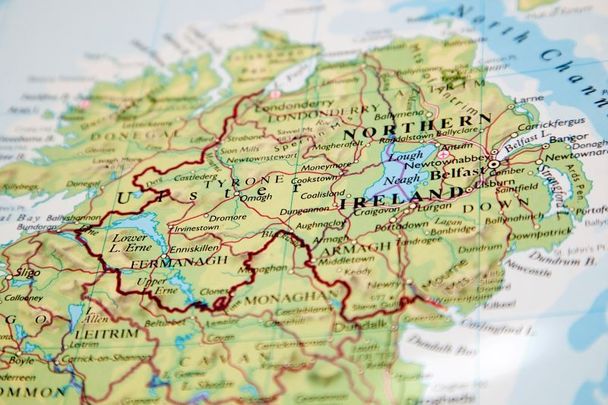Northern Ireland’s population as of June 30, 2022, was 1,910,500, Northern Ireland’s Statistics and Research Agency (NISRA) said in its 2022 Mid-year Population Estimate, published on Thursday, August 31.
Northern Ireland’s population increased by 6,000 people, or 0.3 percent, between mid-2021 and mid-2022, NISRA said on Thursday.
According to NISRA, the latest increase in the Northern Ireland population was a result of a positive natural change of 3,800 people (21,500 births minus 17,700 deaths), an estimated gain of 2,300 people due to net migration (27,000 people came to live in Northern Ireland and 24,700 people left), and a slight reduction of 100 people due to other changes.
While natural change was the largest contributor to Northern Ireland's population increase, the region also saw its first positive net migration figures since mid-2019.
Northern Ireland’s annual population change has remained positive over the last 25 years, NISRA said.
Over the decade mid-2012 to mid-2022, the population of Northern Ireland increased by a total of 85,900 people with an average year-on-year increase of 0.5 percent.
The growth over the last year has increased to 0.3 percent from a recent low of 0.1 percent in 2020.
Just over half of the population in Northern Ireland (50.8 percent) were female, with 970,600 females compared to 939,900 males (49.2 percent).
Northern Ireland population increased to 1.911 million in 2022. Mid-2022 population estimates for Northern Ireland and areas within Northern Ireland published today.https://t.co/9HvOFIXy17 pic.twitter.com/S78mHf65Qb
— NISRA (@NISRA) August 31, 2023
Northern Ireland's aging population
Over the three decades from the year ending mid-1992 to the year ending mid-2022, the median age (i.e. the age at which half the population is older and half is younger) of the Northern Ireland population has increased from 31.5 to 40.0 years.
In the year mid-2021 to mid-2022, the population aged 65 and over in Northern Ireland increased by 1.9 percent (from 329,200 to 335,400), representing 17.6 percent of the population.
NISRA noted that the proportion of the population aged 65 and over in Northern Ireland has increased from 13.0 percent in mid-1997 to 17.6 percent in the most recent findings.
Meanwhile, in the year ending mid-2022, the number of children increased by 1,300 people (from 388,200 to 389,400), representing 20.4 percent of the population.
The proportion of the population aged 0 to 15 years in Northern Ireland has decreased from 24.7 percent in mid-1997 to 20.4 percent in mid-2022.
Elsewhere, the working-age population (i.e. people aged 16 to 64 years) in Northern Ireland in the year ending mid-2022 decreased by 0.1 percent (from 1,187,200 to 1,185,700), representing 62.1 percent of the population.
Northern Ireland migration
Migration into and out of Northern Ireland can be analyzed in two groups, NISRA said: UK migration (flows of people between Northern Ireland and the rest of the UK) and international migration (flows of people between Northern Ireland and outside the UK.)
NISRA found that between the year ending mid-2021 and the year ending mid-2022, the number of people leaving Northern Ireland to live in the rest of the UK decreased by 2,800 people (17.7 percent), while the number of people coming to live in Northern Ireland from the rest of the UK decreased by 3,100 people (23.3 percent).
This led to inflows of 10,100 people and outflows of 12,800 people in the year ending mid-2022 and resulted in a net UK migration loss of 2,700 people.
During the same time, the number of people leaving Northern Ireland to live outside the UK increased by 600 (5.3 percent) to 11,900, while the number of people coming to live in Northern Ireland from outside the UK increased by 3,600 (27.3 percent) to 16,9005.
As a result, in the year ending mid-2022, there was a net migration gain of 5,000 people due to international migration.




Comments